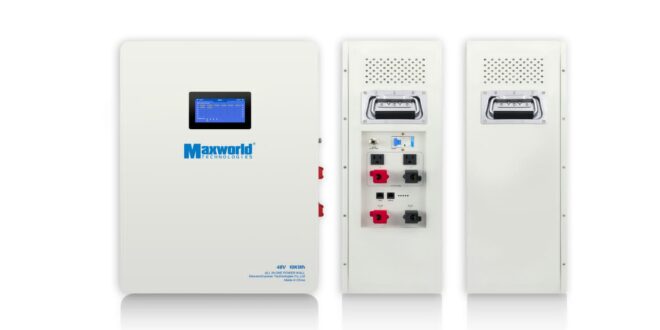Some people only use their LiFePO4 batteries at certain times of the year, such as during the summer when they go camping or during the winter when they go ice fishing. During the off-season, some people commonly keep lithium batteries in storage. Proper storage of LiFePO4 batteries is essential to preventing damage and extending the life of the batteries for many years of use.
Keep these things in mind when you store your LiFePO4 battery:
- The ideal range for storing your product is between 23 and 95 degrees Fahrenheit (-5 to +35 degrees Celsius).
- Temperatures between -20 and +60 degrees Celsius (-4 and +140 degrees Fahrenheit) are suitable for storing them for up to a month.
- With a three-month maximum storage period: Temperatures between 14 degrees Fahrenheit (-10 degrees Celsius) and 35 degrees Fahrenheit (95 degrees Fahrenheit)
- Long-term storage is possible between +15 and +35 °C (59 and 95 °F).
Lithium batteries should be kept inside during the off-season. LiFePO4 batteries should be stored at a state of charge (SOC) of at least 50%. For long-term battery storage, we recommend cycling the batteries every six months. Discharged batteries should not be kept for long periods.
LiFePO4 Must Be Disconnected Before Storage
Power to the batteries can be cut off at the main switch for several users. Make sure the batteries are completely removed from the device. Likely, many recreational vehicles’ C02 sensors, illuminated stereos, or other emergency sensors are still operating even after the main power switch has been switched off. When storing lithium batteries, it is recommended that the primary positive and negative wires be removed. By doing so, you can rest assured that your LiFePO4 batteries will be fully charged and ready to go whenever you need them. Avoid using a charger designed for a different type of battery chemistry and instead use a lithium charger alone.
Every month a lithium battery sits in storage, it loses 2% of its capacity to hold a charge. This is called the self-discharge rate, which is quite low in the case of LiFePO4 batteries. Disconnecting any power draws from your batteries is recommended to prevent a faster rate of discharge. It’s recommended that LiFePO4 batteries be stored with a state of charge (SOC) of at least 50%. If you’re putting something away for a long time, you should charge it up as much as possible. To ensure a high level of charge retention after the storage time ends, batteries should be charged to capacity before being put into storage.
LiFePO4 Battery Storage Instructions
To safeguard your LiFePO4 batteries when they are in storage alongside the rest of your system, including the charger and inverter, we advise employing a battery guardian, which cuts off power to parasitic loads as the battery voltage reaches 11.5V. Removing the main battery connections is advised if a disconnect switch is not present. Since LiFePO4 batteries don’t need to be kept on a trickle charge when they’re stored, you can leave the charger off completely.
How to Store LiFePO4 Battery in Cold
When the battery pack is not in operation, severe temperatures do not affect lithium batteries. The ABS casing of the battery pack may shatter if lithium batteries are kept in extremely cold temperatures for a lengthy period. Furthermore, temperatures above 60°C (140°F) can cause damage to other components in the battery pack, thus it is recommended to avoid them for extended periods. te. Never leave lithium batteries in a hot car or other vehicles.
 HammBurg Be informed with latest news, reviews, entertainment, lifestyle tips, and much more.
HammBurg Be informed with latest news, reviews, entertainment, lifestyle tips, and much more.




